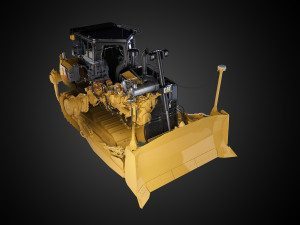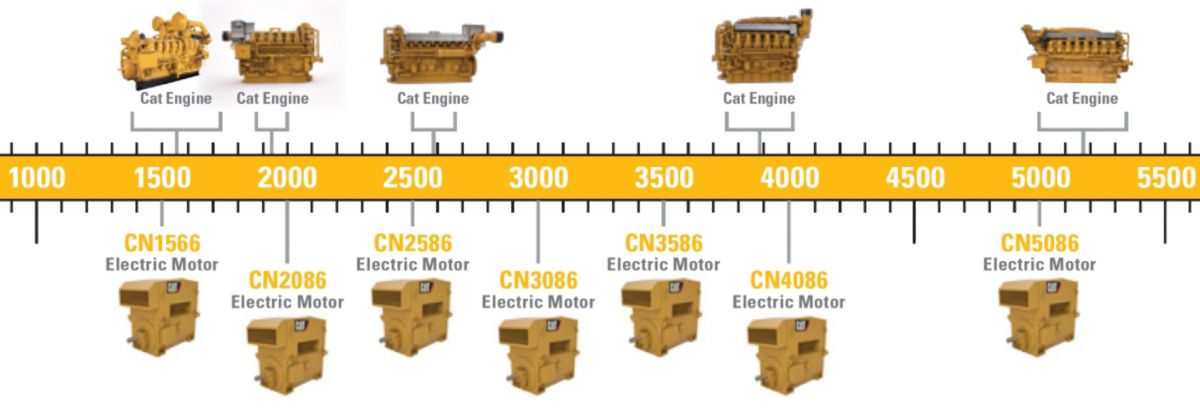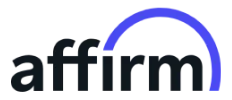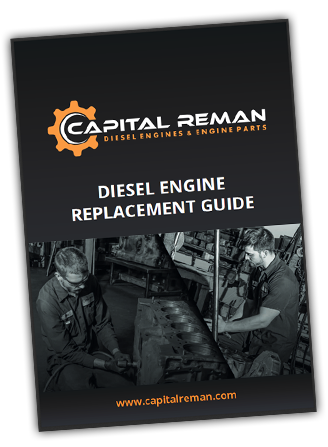CAT Introduces Electric Engines
 Caterpillar first introduced its hybrid electric motor in the D7E Dozer back in 2009. The electric drivetrain is said to deliver roughly 35% better fuel efficiency and deliver 10% more production capability than the previous D7R2 Dozer. It is easy to see why the new electric engines are selling like hotcakes. There are simply fewer mechanical parts, reduced lubricant use, better fuel savings and lower operating costs make the engine a big win for Caterpillar. The D7E meets the EPA’s Tier 4 Rating for emission standards.
Caterpillar first introduced its hybrid electric motor in the D7E Dozer back in 2009. The electric drivetrain is said to deliver roughly 35% better fuel efficiency and deliver 10% more production capability than the previous D7R2 Dozer. It is easy to see why the new electric engines are selling like hotcakes. There are simply fewer mechanical parts, reduced lubricant use, better fuel savings and lower operating costs make the engine a big win for Caterpillar. The D7E meets the EPA’s Tier 4 Rating for emission standards.
The emissions technology is completely open source meaning that no other action is needed from the operator during use. CAT Engineers created the SCR system such that its diesel exhaust fluid could be refilled at refueling time. The D7E typically uses diesel exhaust fluid at a rate of 2-3% of fuel consumption with optimized fluid efficiency. This means that operators can complete multiple shifts without refilling the DEF tank. The D7E engine powers an electrical alternator which sends current through armored cables to a solid state inverter which supplies DC, rather than AC, current to the accessories of the dozer. The engine features a propulsion module consisting of smaller AC motors that help deliver much needed torque via the axels and drives. The drivetrain components are sealed in liquid cooled with both water and oil to work effectively in a variety of working conditions and ambient temperatures.
Since 2009 CAT has introduces many more models of electric engines which are classified as Class I engines, Division 2 Groups A, B, C, D (T3) rated which feature high strength alloy forged, oversized and keyless shaft. The AC induction motors are built for increased efficiency, lower maintenance and fuel costs, decreased noise levels and zero emissions. The rotors are designed for minimal vibration, optimal balancing at full load and contains a state of the art copper squirrel cage. The stator core is machine welded to maintain rigidity throughout the life of the motor. The strators also ensure even and efficient cooling, 2x RTDs per phase as well as vacuum pressure coupled with a specialty epoxy resin to ensure dielectric strength. Better strator technology guarantees better than average heat transfer within the engine and the elimination of dangerous internal partial discharges.




